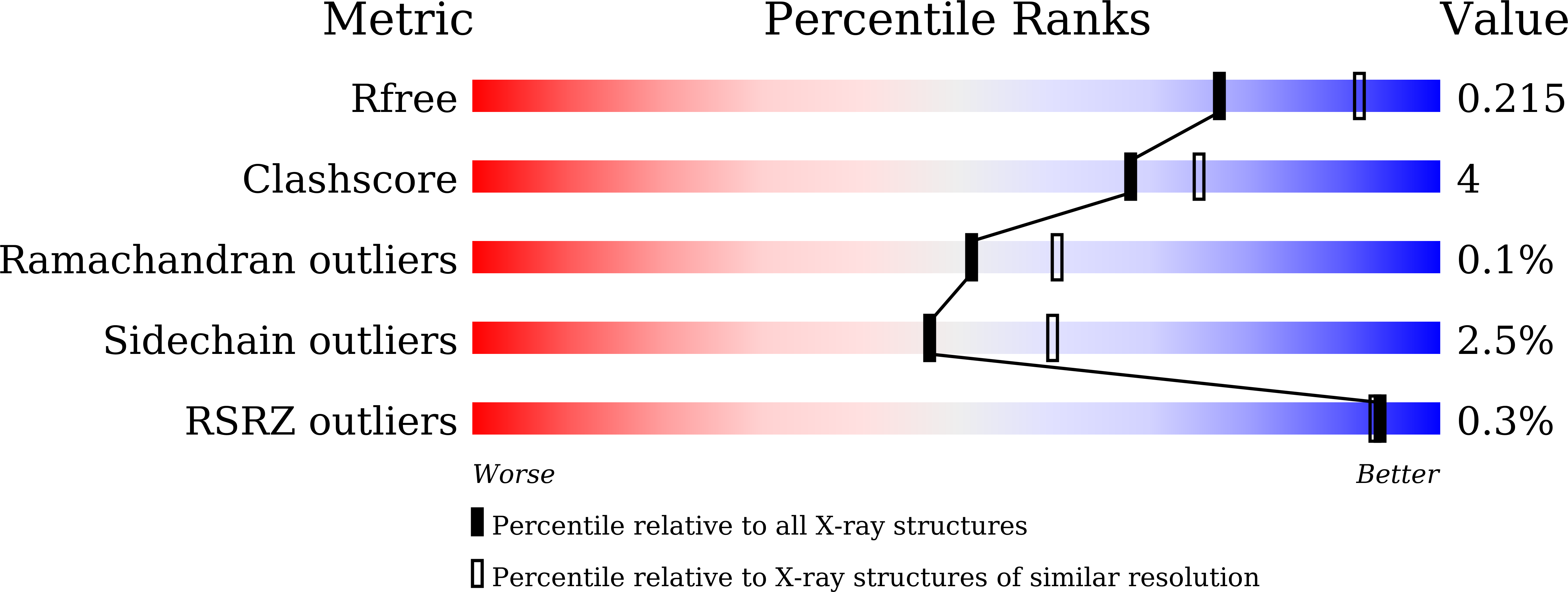
Deposition Date
2022-10-26
Release Date
2023-06-07
Last Version Date
2023-11-29
Entry Detail
PDB ID:
8HAP
Keywords:
Title:
Crystal structure of thermostable acetaldehyde dehydrogenase from hyperthermophilic archaeon Sulfolobus tokodaii
Biological Source:
Source Organism:
Sulfurisphaera tokodaii (Taxon ID: 111955)
Host Organism:
Method Details:
Experimental Method:
Resolution:
2.20 Å
R-Value Free:
0.21
R-Value Work:
0.16
R-Value Observed:
0.17
Space Group:
C 1 2 1


